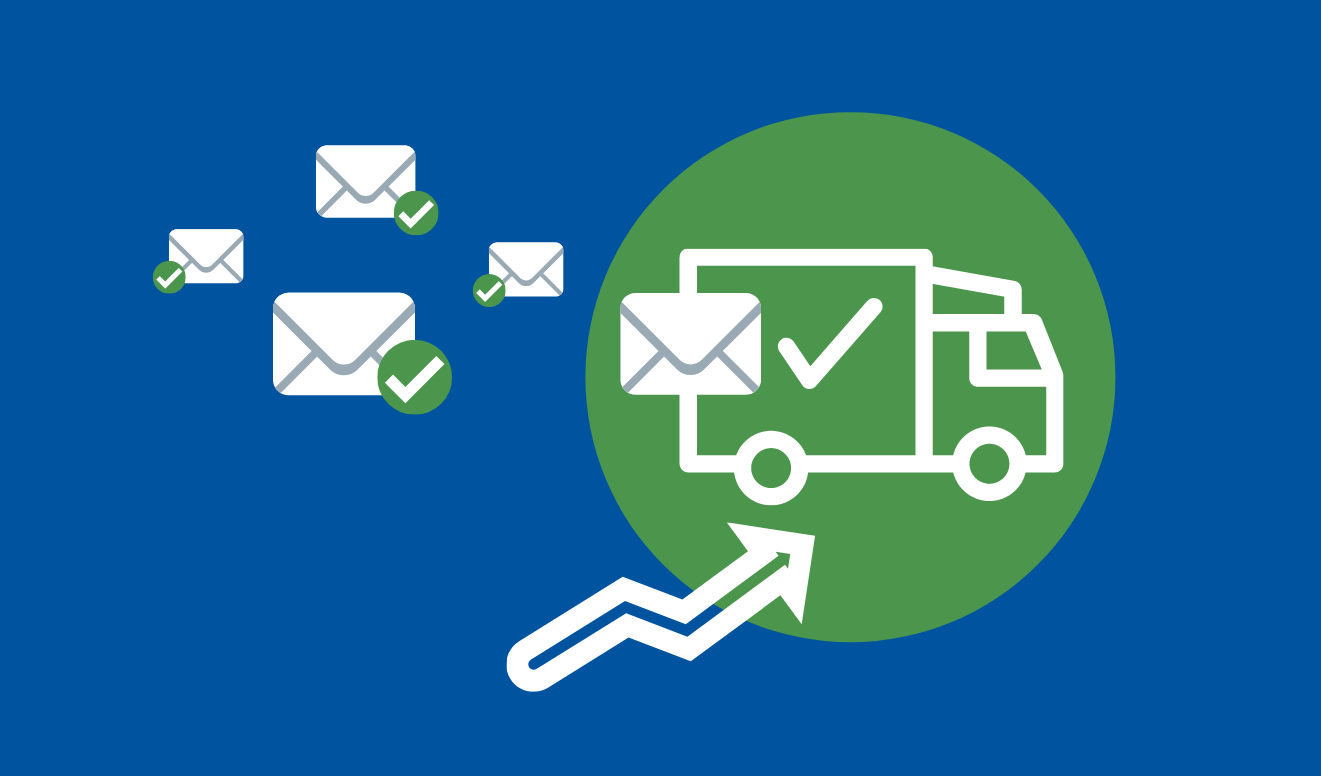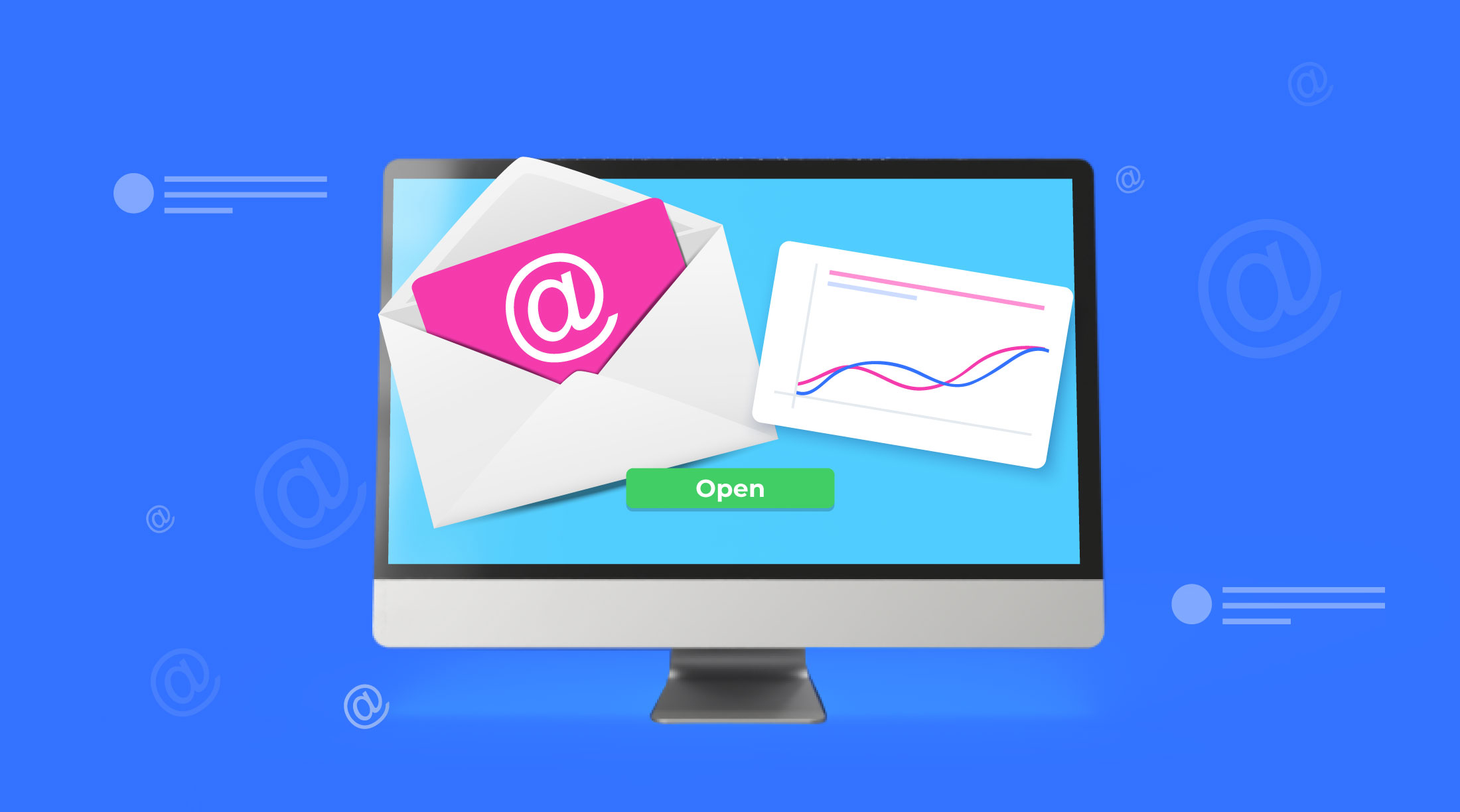Top 7 Email Marketing Metrics for eCommerce You Should Track
Everyone talks about the importance of email marketing and the fact that it's one of the best channels in terms of ROI. But how do you know that the email you sent actually makes a difference in your ultimate goal of increasing sales and growing your eCommerce business? That’s when the metrics come in! There are numerous email marketing metrics for eCommerce businesses that can help you learn how effective your campaigns are.
By measuring and analyzing email marketing metrics, you can alter your campaigns to get higher ROI.
In this article, we will shed light on the most important email marketing metrics for eCommerce and give you some tips on how to improve them.
Table of Contents
- 7 Essential Email Marketing Metrics for eCommerce
Top 7 Essential Email Marketing Metrics for eCommerce

There are many email marketing metrics for eCommerce Every Marketer Needs to Know
to better understand how your campaigns are performing. However, using every metric out there can be time-consuming and expensive, so let’s stick to the most important metrics that can truly help you increase email campaigns' ROI and eventually lead to the end goal of increasing sales and revenues.
To make this simple, let’s imagine you send one of your customers an email; the first thing we need to know here is; did they receive it? Here the deliverability metric is used to answer that. Then comes the second part, they received the email, but will they open it? The open rate answers that question.
We have passed that second obstacle, and the customer read the email. Now what? Did they click on the links included? To learn that you need to measure the click-through rate (CTR). After clicking on the link that should direct them back to your website or app, did they actually purchase something? By measuring the conversion rate, you can get your answer to that question.
Besides the email metrics that take you through the buyer’s journey, there are other extremely beneficial benefits that can help you see the whole picture. These metrics include bounce rate, unsubscribe rate, spam rate, revenue per click, revenue per subscriber, and open by device.
1- Email Deliverability

This is one of the most important email marketing metrics for eCommerce. Because even if you are sending out the best emails, if they are not actually reaching your customers, then all your efforts are in vain.
There are many tools you can use to measure deliverability, like Mail-tester, GlockApps, and MxToolbox. You should be aiming for a 100% delivery rate, but unfortunately, that's rarely the case, so you can strive for an average of 88-99%. If your numbers are a little lower than that, you can try to improve your Deliverability by:
- Removing invalid email addresses
- Asking your customers to safelist you
- Send relevant emails with a subject that correctly reflects the content of the email.
- Make it easy to unsubscribe so you are not stuck with uninterested receivers that ruin all your rates.
2- Email Open rate

The Emial open rate measures how many recipients are actually reading your email. This can be easily calculated by dividing the number of opened emails by the number of delivered emails.
On average, the eCommerce industry has an open rate of 15.68%. Needless to say, this doesn’t have to be your exact number, you just have to be near it. To increase your open rate, you should:
- Have a clear and catchy subject line that captures attention without seeming like spam
- Segment your customers and target each segment with a relevant message
- Personalize the subject for a sense of familiarity between you and the customer
The CTR metric is used to learn how many recipients clicked on at least one link in your email campaign. You can calculate your CTR simply by dividing the number of people clicking on a link by the number of emails opened.
The eCommerce industry has an average CTR of 2.01%. If your CTR can use a boost, try to:
- Send engaging emails
- Ensure your CTA is strong and clear
- Don’t include too many links, so customers won’t get confused about what you want them to do.
Best Strategies To Increase your Email Click Rate
4- Email Conversion rate

One of the most vital email marketing metrics for eCommerce is the conversion rate. This metric directly relates to the main goal of any eCommerce business; have customers make a purchase. To calculate your conversion rate, you need to divide the number of conversions (sales) by the total number of opened emails.
The average conversion rate in the eCommerce industry is 1.33%, if you are far behind this number, you should work on the following:
- Simplifying the purchase process and offering numerous payment methods
- Targeting the right audience with the right message
- Improving your UI/UX design
Learn more in 6 Promotional Emails To Multiply Your E-commerce Conversion (With Examples)
5- Email Bounce rate
Calculating emails that didn’t reach recipients, the bounce rate is essentially the opposite of the deliverability rate. However, it’s considered an extremely important metric, as it helps you differentiate between who you can re-target with emails later on and who you should delete from your email list.
There are 2 types of bounce rates; soft and hard bounces. The soft bounce rate means that there is a temporary problem with the recipient. On the other hand, a hard bounce means a permanent error.
With this in mind, all hard bounces should be immediately removed from your lists. Whereas, soft bounces should be taken into consideration for future emails but keep an eye on them to ensure the emails sent to them don’t always bounce back.
As an eCommerce business, your hard bounce rate should be around 0.19%, and your soft bounce rate should be near 0.26%. There are many methods you can use to decrease your bounce rate. For instance, you can:
- Send emails regularly but not too much so are not flagged as spam
- Only send newsletters to customers who opted-in
- Give customers numerous options on what type of emails they want to receive from you
Bearing in mind that all the tactics we previously mentioned to help increase the deliverability rate will also help you decrease the bounce rates.
6- Email Unsubscribe rate

Another important metric in the list of email marketing metrics for ecommerce is the unsubscribe rate. Which calculates how many customers opted out of your email list.
Ideally, this number should be zero, but surely that’s never the case. In the eCommerce industry, the average unsubscribe rate is 0.27%. If you have a high unsubscribe rate, then you can check if you are sending:
- Too many emails
- Irrelevant emails
- Pushy emails that might be seen as a bit aggressive in terms of sales
7- Email ROI
The most important metric that you have to use in any marketing campaign is the return on investment - ROI. In simple terms, this metric shows you how many dollars you gain for every dollar you spent on a campaign. The email marketing ROI is calculated by a simple equation:
(Amount gained from the campaign - Amount spent on it) / Amount spent
If you have ever searched the term email marketing ROI, you probably know that for every $1 you spend, you can make $36. However, that’s a broad number, for the eCommerce industry, it's even higher! The average email marketing ROI in eCommerce is $45 for every 1$ spent. If that’s not your number, don’t sweat it just implement some of the following tactics to get higher email marketing ROI in the future.
- Ensure that your emails have a clear CTA
- Personalize your emails
- Optimize emails for all devices especially mobile phones
How Can Automation Help In Improving Your Email Marketing Metrics?
Although we mentioned several tactics to help you improve your number in each one of the most important email marketing metrics for ecommerce, there’s an even simpler way that can increase your overall ROI and each individual metric. No, we are not talking about magic, we are talking about Email automation!
Marketing operating systems like ConvertedIn will help you auto-segment your customer base and automate your email workflows. Keeping in mind that recent studies show that around 75% of email revenues come from personalized email campaigns. On that note, it’s easy to see why over half of eCommerce marketers use marketing automation software.
Don’t fall behind and book a demo now with one of our experts!
 By
By

